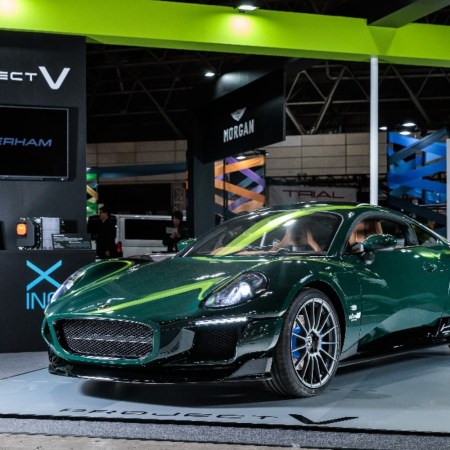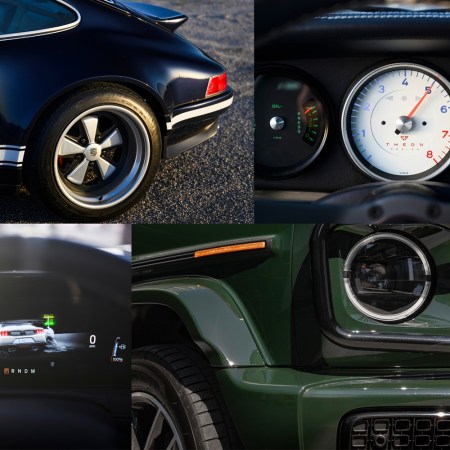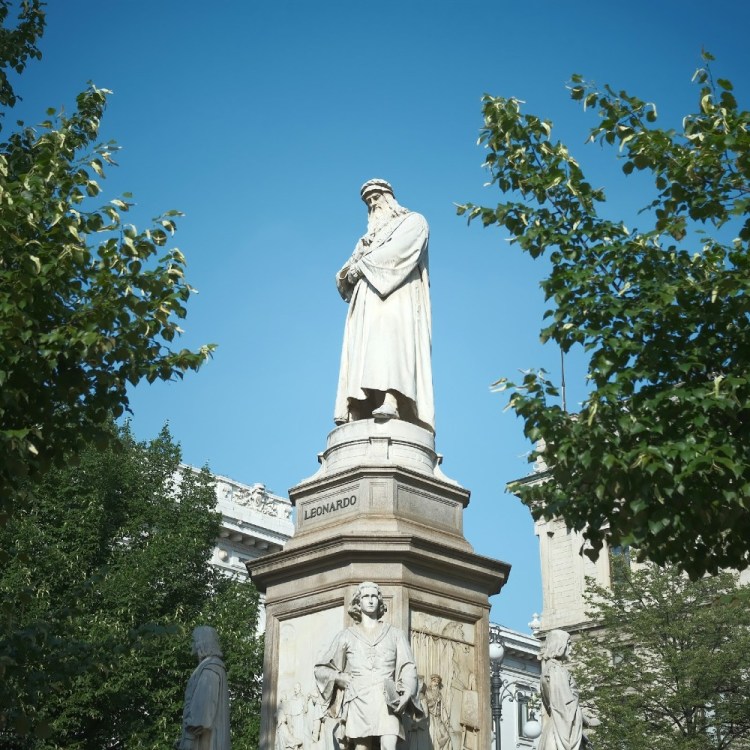Rolls-Royce. Mercedes. VW.
For what little their marques might have in common, they’re some of the last remaining acolytes of an automotive tradition that predates Model Ts by a few millennia: the hood ornament.
But long before rebellious youth were swiping VW crests on the advice of the Beastie Boys or Rolls began installing these retractable numbers, the hood ornament — or “mascot,” as it’s referred to in the industry — was forged of utility.
And there aren’t many other auto-obsessed souls out there better suited to inform on the matter than Efe Uygar and Murat Özgörkey, founders of Turkey’s Key Automotive Museum, a paradise of eclectic car collectibles that includes some 300 mascots, ranging from the regal to the rarefied.
“The mascot that was first to be known was a sun-crested falcon (to bring good luck) mounted on Egyptian pharaoh King Tutankhamun’s (aka Tut’s) chariot,” says Uygar. But despite their ornamental origins, the first automotive mascots had far more practical means.
Early automobiles were built with the radiator caps on the exterior of the hood, atop the grille, with the mascot serving as a temperature indicator for engine coolant. The Boyce MotoMeter company was issued the first patent for the device, and before long, mascots were seen as a mark of personalization.
Boyce’s early clients included both automakers (who wanted their own brand to shine bright on the hood) and private organizations that owned fleets of cars calling for custom emblems to identify members. “A healthy business was created in the supply of accessory mascots available to anyone who wanted one. Most companies — like Desmo and Smith’s — are now out of business, with only Louis Lejeune Ltd. in England still surviving,” says Uygar.
But ornament production was not limited to manufacturers. Famous sculptors like Bazin, Paillet, Sykes and Renevey all count finely detailed pieces of automobilia miniatures among their work. The Key’s collection hosts a number of precious art deco examples by French glass designer Rene Lalique, who passed away in 1945. Among them: a frosted glass rendition of the Cinq Chevaux (five horses), the first Lalique mascot designed for Citroen in 1925, which was fitted to Lalique’s 1925 Citroen 5CV.
From 1925-1931, 28 more Lalique mascots were produced. They adorned the hoods of Bentley, Bugatti, Hispano-Suiza, Isotta-Fraschini, Mercedes-Benz and other automotive giants of the day.
The mascot mania continued, and ornaments enjoyed their peak in popularity from the ‘20s to the ‘50s. It wasn’t until the late ‘70s that a slew of safety regulations robbed mascots of their metaphorical and physical sharpness. Thus began the totemic demise, until even the Jaguar Leaper turned into the painfully less sexy Jaguar Growler.
Today, mascots are mere petro-phernalia relaying untold love scandals and breaking records at auction blocks. They are a nostalgic reminder of a yesteryear with fewer rules and a greater flair for the dramatic, when the delight of automotive design was fixed firmly in the details.
This article appeared in an InsideHook newsletter. Sign up for free to get more on travel, wellness, style, drinking, and culture.
























